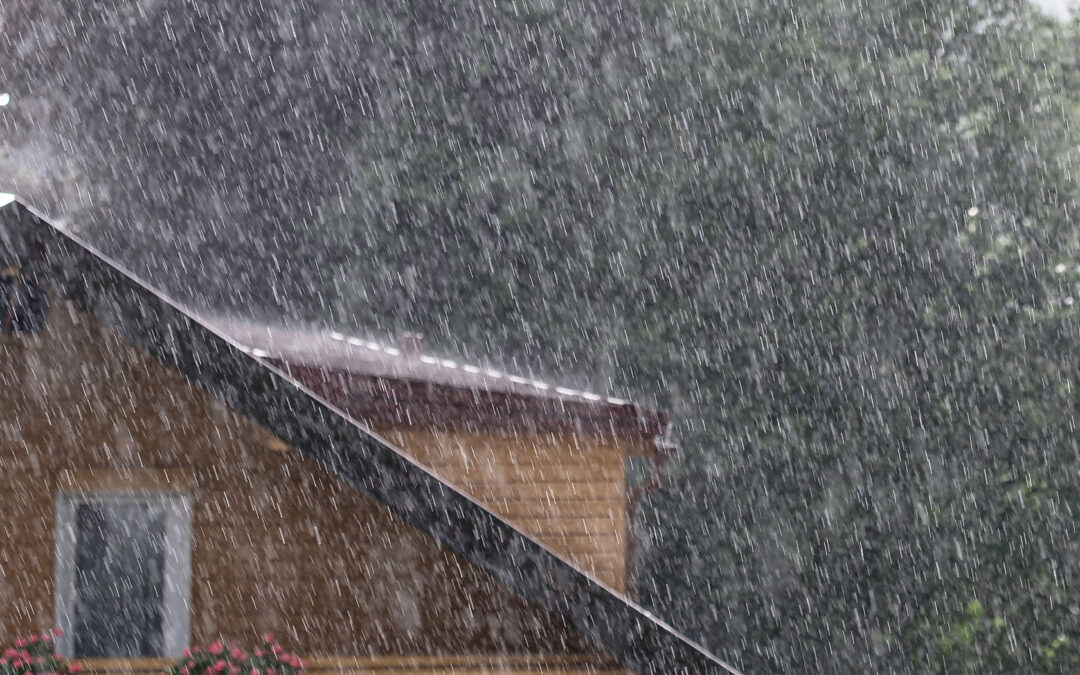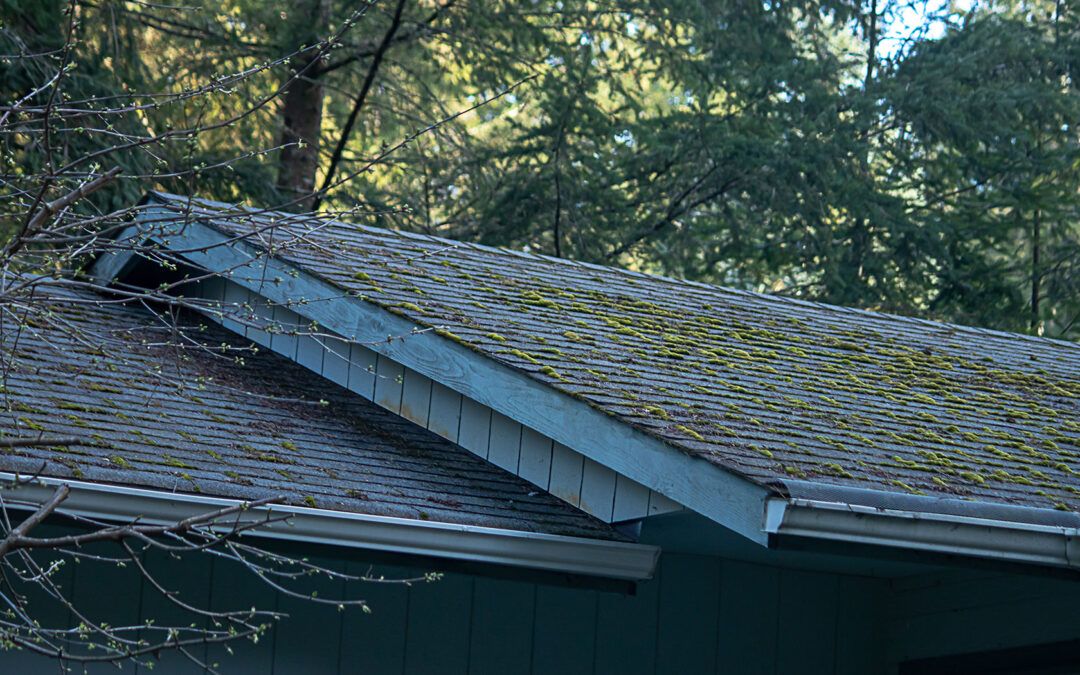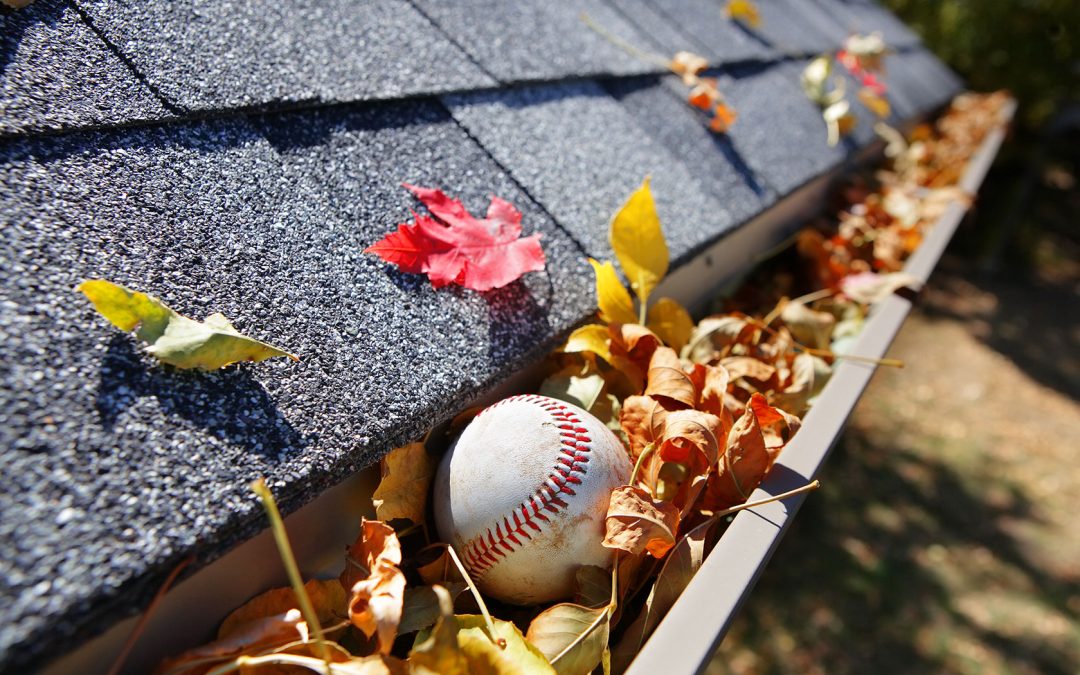
Winter Ahead: Ice Dam Prevention and Heat-Loss Control for Your Roof
Ice dams form when warm attic air melts rooftop snow that refreezes at eaves. The result is back-up under shingles, leaks, and interior damage.

Ice dams form when warm attic air melts rooftop snow that refreezes at eaves. The result is back-up under shingles, leaks, and interior damage.

A proper rainscreen lets walls shed and dry efficiently, protecting sheathing and framing from trapped moisture. In a wet climate, detailing matters as much as the siding material itself.

Shaded, damp conditions allow moss and algae to take hold. Left unchecked, growth traps moisture, lifts shingles, and accelerates surface wear—shortening roof life and inviting leaks.

Autumn brings stronger winds, heavier rain, and debris that can overwhelm roofs and siding. A focused tune-up now helps prevent leaks, blow-offs, and costly emergency calls when storms hit.

For strata and multifamily properties, proactive exterior planning prevents emergency assessments and keeps buildings attractive, dry, and efficient.

Most leaks start at transitions and terminations, not in the field of the roof or wall. Tightening the details is the fastest route to a drier, healthier home.